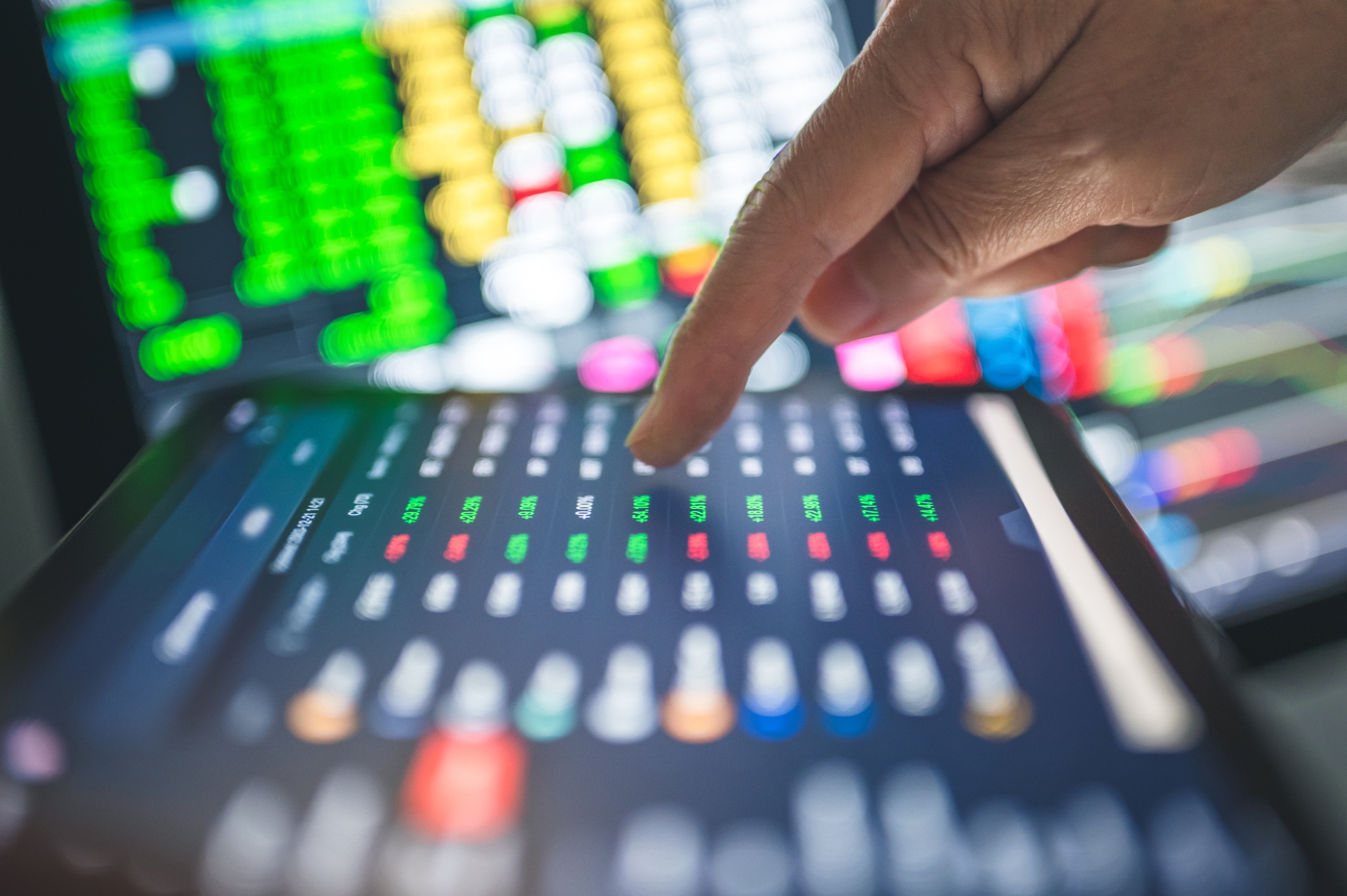TOPLINE
As fears grow over a wobbly economy, talk of the yield curve—especially when it becomes inverted—grows, because it has often been seen as a chief predictor of a recession.
KEY FACTS
Key terms: Interest rates are the percentage a lender will charge a borrower for the amount borrowed, while a bond is a loan instrument issued by a government or a company (both public and private) to a lender.
Bonds can be used when a government needs to fund roads, schools and other infrastructure, or when a company wants to grow its business by buying property, research and hiring new staff.
Federal government bonds—simply called Treasurys—are virtually guaranteed to be paid back after a certain period of time at a fixed interest rate (unless the U.S. defaults); they usually promise the investor a higher rate the longer they take to pay back.
The yield curve measures interest rates of bonds over a range of time before they are paid back, which can range from a single month to 30 years and is tracked daily by the U.S. Department of Treasury.
Loading...
A normal yield curve shows yields of short-term bonds (two to five years) through long-term bonds (between 10 to 30 years) and shows an upward slope showing a higher yield over time, signaling confidence in government or corporate bonds are strong investments likely to pay off over time.
A flat curve is when all bond rates are similar across companies and governments alike and show no difference, suggesting longer-term bonds may not yield more over time.
The inverted yield curve shows that investors aren’t sure of the long-term profitability of a company’s or government’s ability to pay a debt in a certain fixed time, may be demanding more money for short-term bonds, or are willing to accept lower rates for long-term bonds, out of concern for what’s coming in the future.
Investors often use the yield curve to track where the economy is headed and make predictions about where to invest their money: if there is a flat curve, investors may put their money in reliable areas like consumer staples as opposed to luxury goods companies.
While the inverted yield curve does not serve as a forecast for a recession, it’s certainly an indicator tied to recessions, but investors should look at the economy as a whole including other factors such as inflation, job reports and wage growth before reaching the conclusion that we are in a recession.
NEWS PEG
The yield curve inversion became more intense after Federal Reserve Chairman Jerome Powell signaled the Fed would hike interest rates higher than it previously expected to deal with inflation, driving fears the spike could slow the economy and trigger a recession. We have been experiencing a yield curve inversion since October, when 3-month rates rose above 10-year treasury bonds. Previously, the last inversion was in May 2019 when U.S. 3-year treasury bonds were higher than the 10-year treasury bonds and lasted until October that same year. Then in 2020 the U.S. entered a recession due to the Covid-19 pandemic, lasting just two months (the shortest on record).
CRUCIAL QUOTE
“If you lock your money up for a longer period of time, you almost always get a higher interest rate,” Duke University finance professor Campbell Harvey told ABC News. “However, today, things are backwards – 10-year interest rates are far below short-term rates. This is known as an ‘inverted yield curve.’ In the past 50 years, we have seen seven inverted interest rate curves. Each one was followed by a recession.”
KEY BACKGROUND
In 1986, Harvey published a dissertation that linked inverted yield curves to recessions after closely studying four major economic downturns from the 1960s to the 1980s. All nine recessions since 1955 have been preceded by an inverted yield curve according to research from the San Francisco Fed—except in one case. The time between an inverted yield curve and a recession has ranged from six to 24 months. As soon as the yield curve begins to invert, economists and investors begin to turn their heads.
By Anthony Tellez, Forbes Staff
Loading...
